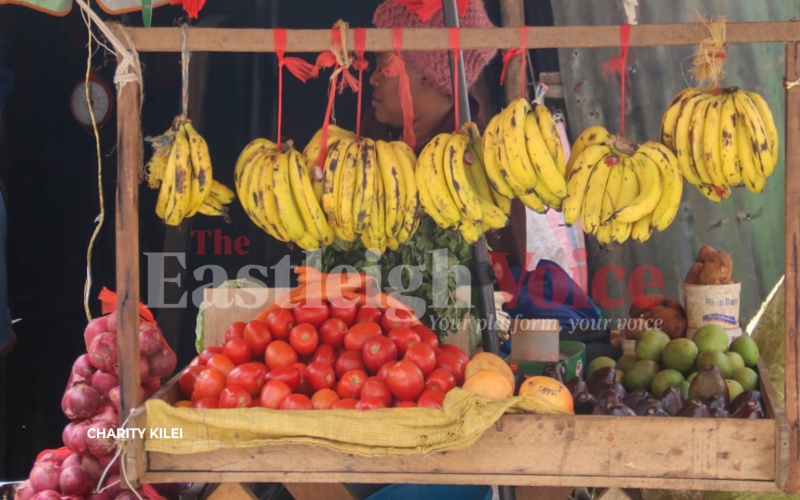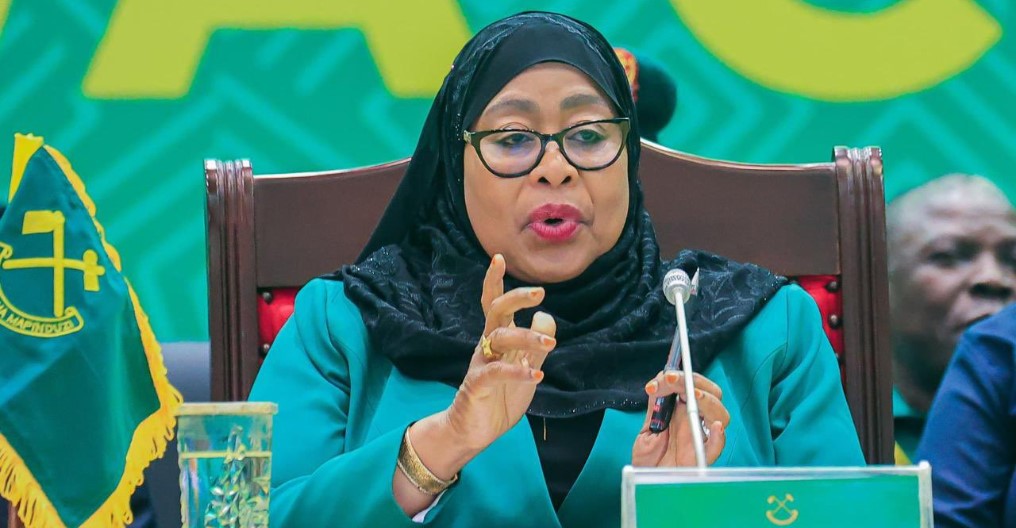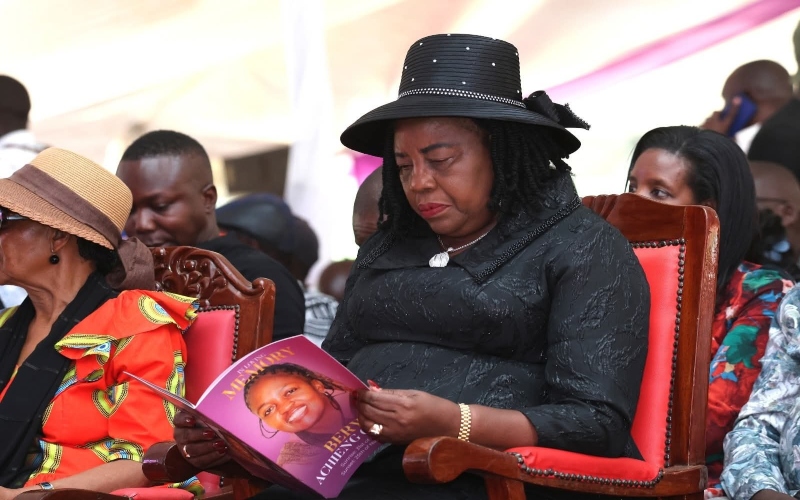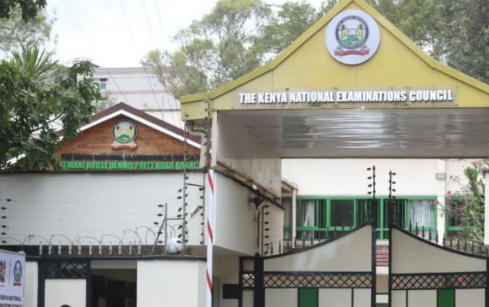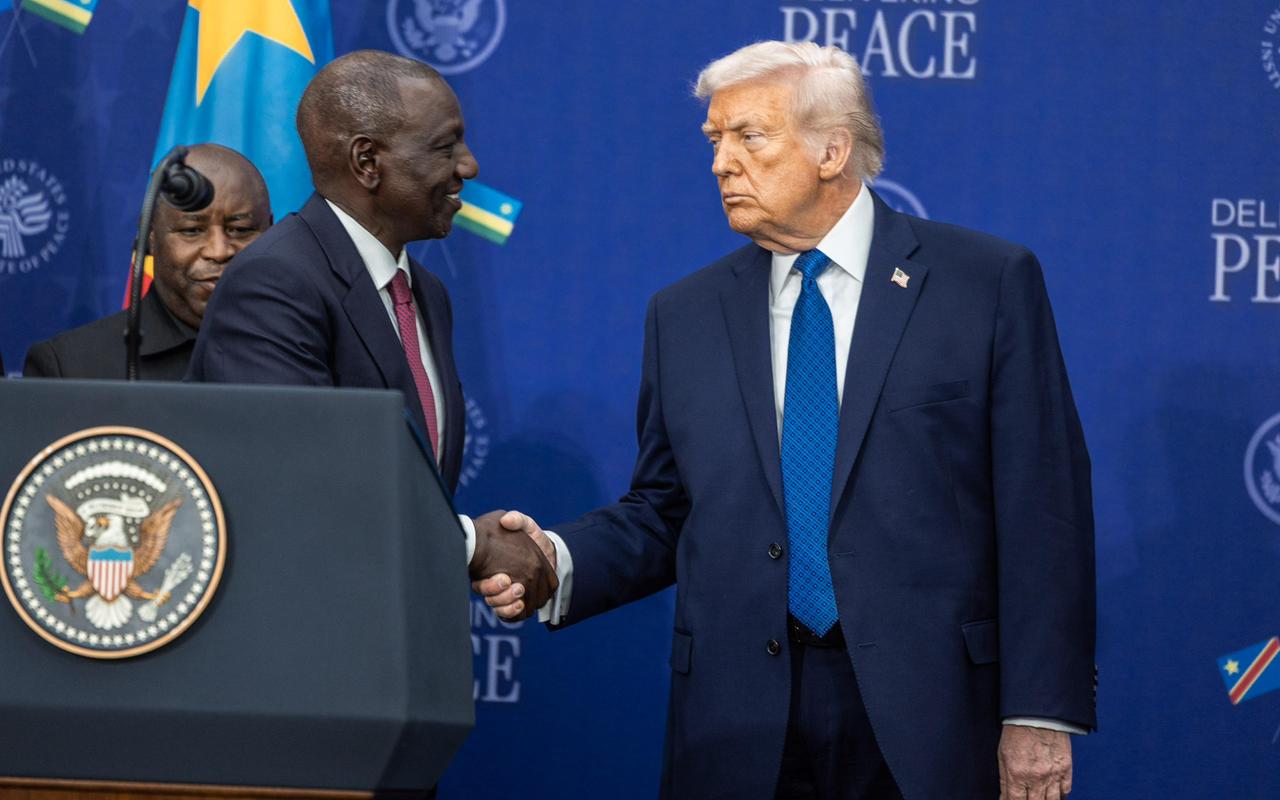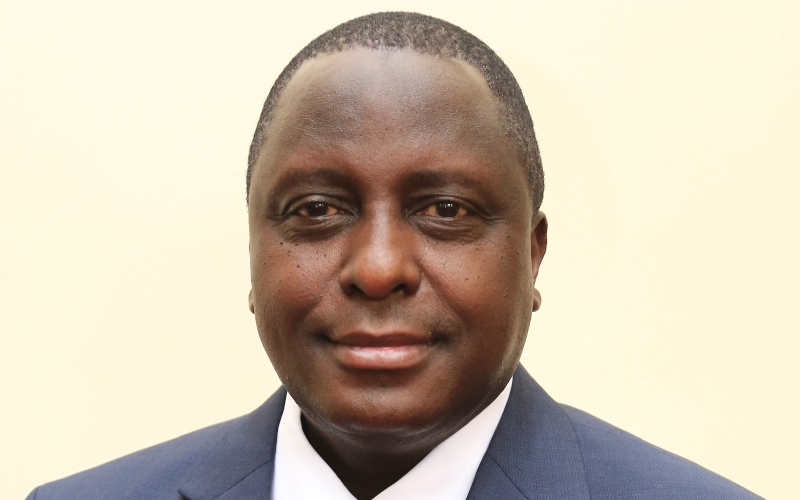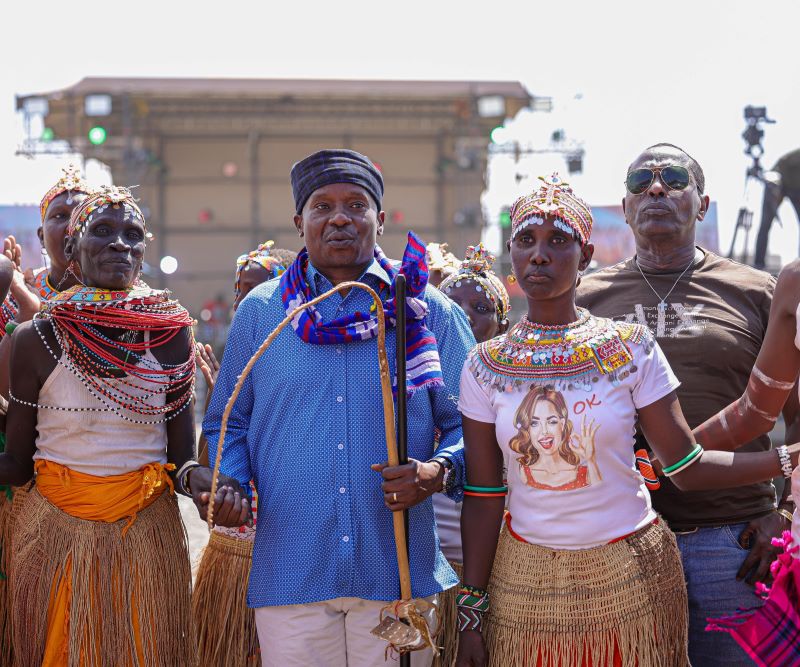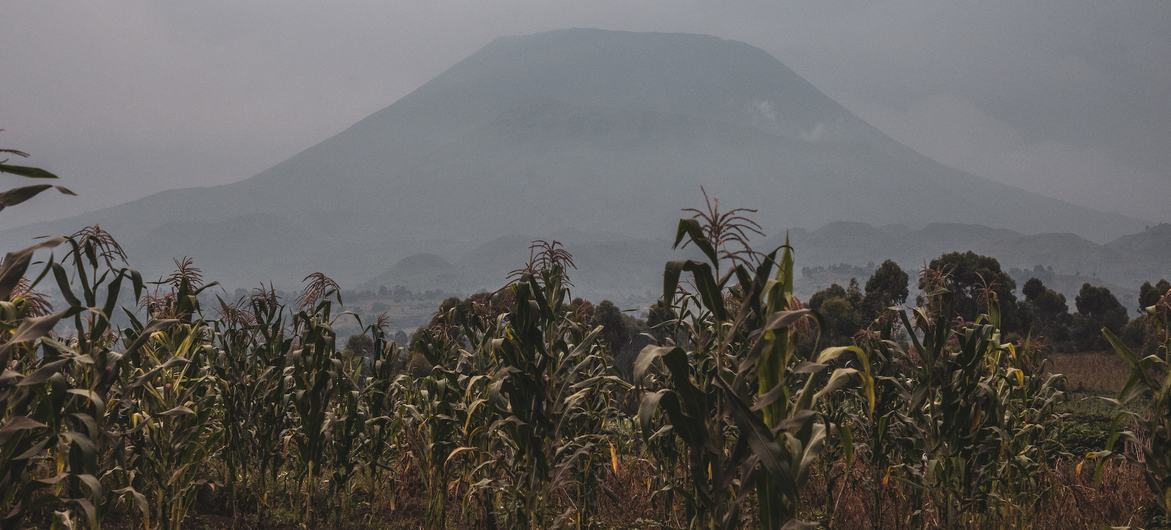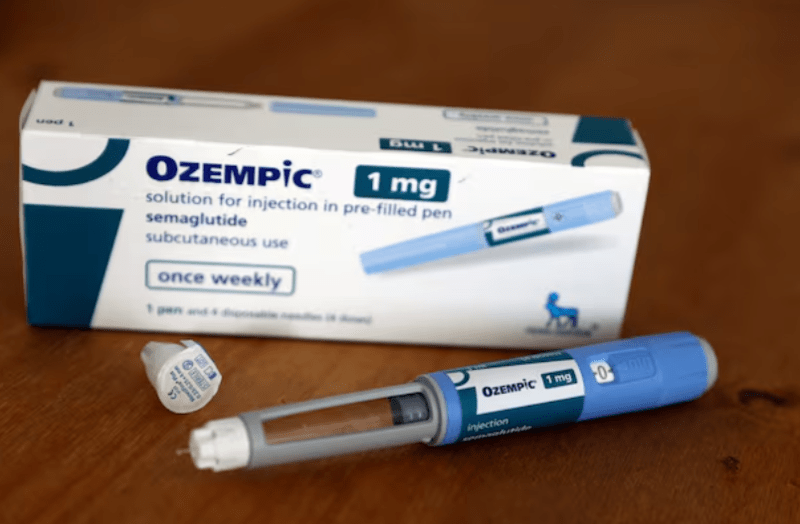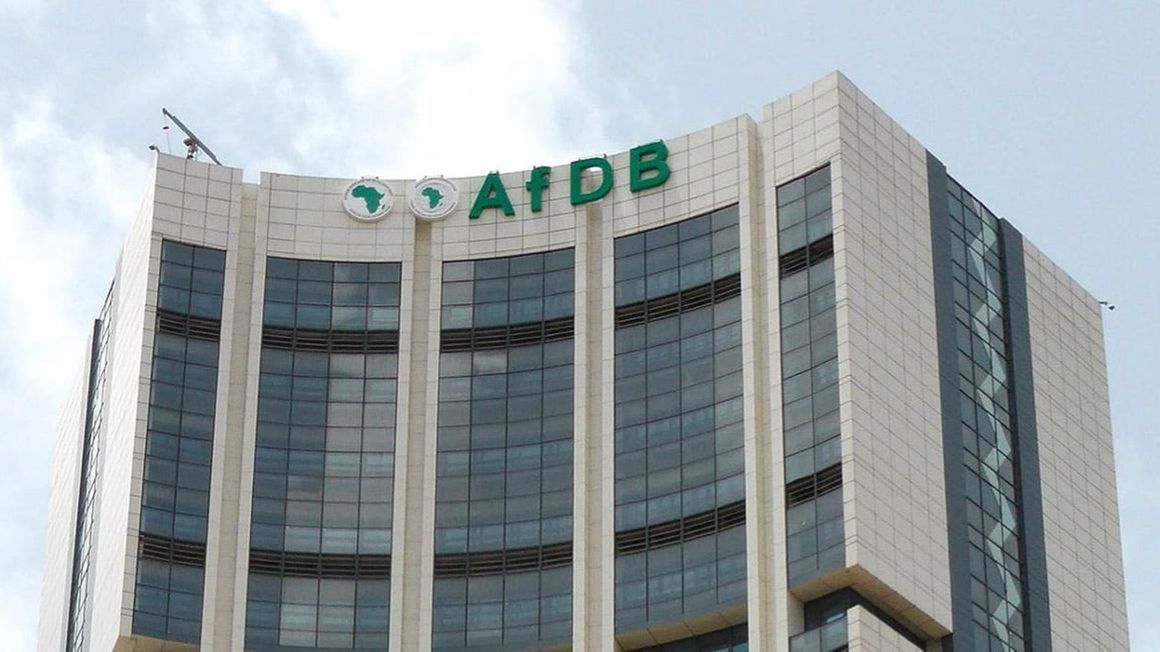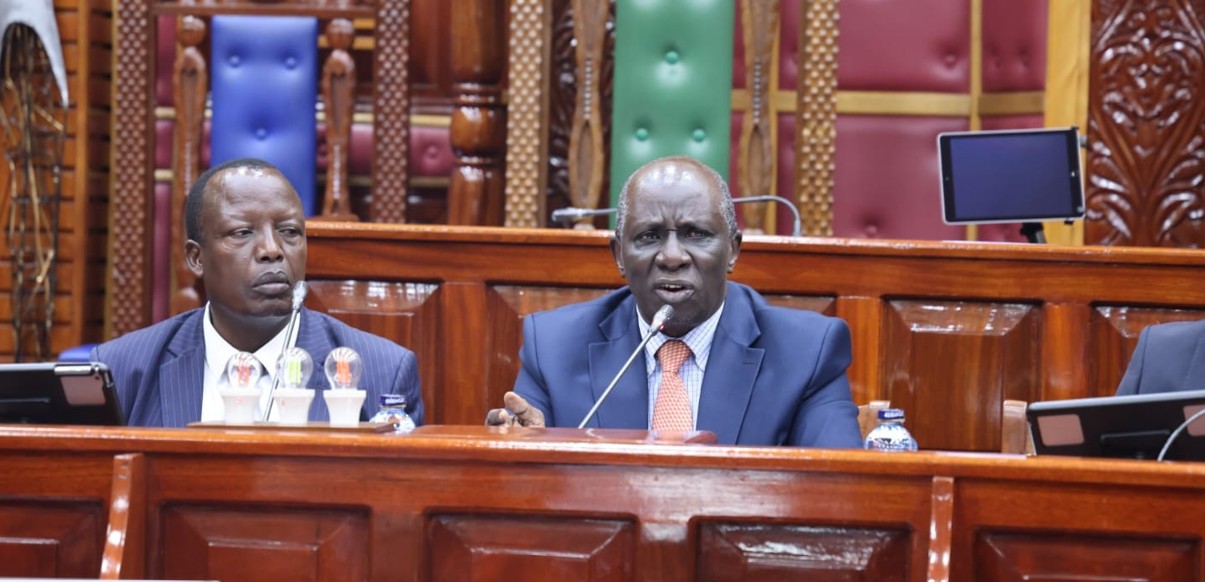Six Iranians detained for 21 more days as probe into Sh8.2 billion meth seizure deepens
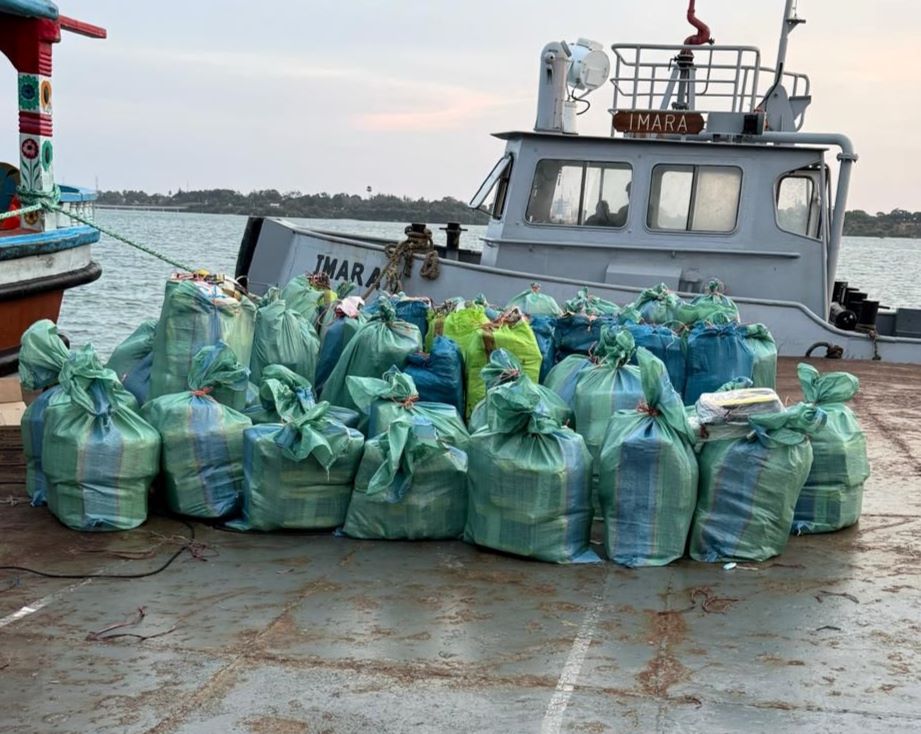
Authorities warned that releasing the suspects before completion of investigations would jeopardise the multiagency operation, which involves international coordination and handling of sensitive digital evidence.
Authorities will hold six Iranian nationals for an additional 21 days as investigators continue probing the source and ownership of over 1,000 kilogrammes of methamphetamine worth Sh8.2 billion seized in the Indian Ocean.
The suspects, Jasem Darzaen Nia, Nadeem Jadgai, Imran Baloch, Hassan Baloch, Rahim Baksh and Imtiyaz Daryayi, were intercepted on October 25 aboard the stateless dhow, MV Mashallah, approximately 630 kilometres off the Kenyan coast.
More To Read
- KDF denies allegations of methamphetamine theft in massive 1,024kg seizure off Kenyan coast
- Busia destroys Sh21.9 million worth of heroin, bhang in anti-drug operation
- Dutch national accused of drug trafficking, assault remanded for 14 days in Diani
- Court orders detention of six Iranians in Sh8.2 billion narcotics case
- Kenya to publicly destroy Sh8.2 billion meth seized in maritime operation after suspects are charged - Murkomen
- Six Iranians arrested as Kenya Navy seizes Sh8.2 billion meth haul in Indian Ocean
Detectives from the Anti-Narcotics Unit (ANU) told the Shanzu court on November 14, 2025, that investigations are not yet complete and more time is needed to tie up loose ends before the file is forwarded to the Director of Public Prosecutions, Renson Ingonga, for direction.
Inspector Shadrack Kemei of the ANU said that investigators have recovered seven electronic devices, including a GPS tracker, believed to contain vital information linking the suspects to the vessel's owners, the shipment, and the financiers of the operation.
“The information that may be recovered from the electronic devices is likely to assist in the apprehension of more suspects,” he said, adding that preliminary findings point to a larger organised network responsible for trafficking synthetic narcotics via maritime routes.
The suspects were first presented in court on October 27, when they declined interpretation services provided by the US Naval Criminal Investigative Service. The court subsequently ensured they received interpreters fluent in Baluchi before ordering their detention for 30 days.
The joint operation that led to their arrest involved the Kenya Navy, ANU, Kenya Coast Guard, Kenya Revenue Authority, Port Police, Kenya Ports Authority, and the National Intelligence Service. When confronted on the vessel, the men claimed to be fishermen. Still, searches uncovered 769 black plastic bags containing crystalline substances wrapped in yellow tape labelled “100 per cent roasted and grounded Arabica coffee.”
Samples sent to the Government Chemist confirmed that the substance was 98 per cent pure methamphetamine.
“The case is unprecedented in scale and complexity, given the volume of the haul and the sophisticated methods used to evade maritime detection,” Inspector Kemei said.
Police have obtained court orders compelling the suspects to provide unlock codes for their electronic devices to enable forensic analysis at the Directorate of Criminal Investigations headquarters in Nairobi. Investigators believe that communication retrieved from these devices will help establish the consignment’s ownership, expose contacts in other jurisdictions, and reveal the wider trafficking syndicate.
Authorities warned that releasing the suspects before completion of investigations would jeopardise the multiagency operation, which involves international coordination and handling of sensitive digital evidence.
The vessel, believed to belong to a cartel operating along the East African coast, was towed to Kilindini Port, where more than 1,000 kilogrammes of methamphetamine were recovered following a search warrant. The shipment, intended for regional distribution, has placed Kenya once again on the international radar as a transit hub for illicit narcotics.
Methamphetamine, part of the amphetamine-type stimulant group, is commonly manufactured in illegal laboratories and can be ingested in powder, tablet, or crystal form. Long-term use can cause malnutrition, severe weight loss and psychological dependence.
The seizure is the second largest in Kenya’s history, after a 1.1-tonne cocaine haul worth Sh6 billion in Nairobi and Malindi in 2005. A previous maritime interception, the MV Amin Darya (also known as Al Noor) in 2014, carried 377 kilogrammes of solid heroin, 33,200 litres of liquid heroin, and 2,400 litres of heroin mixed with diesel worth over Sh1.3 billion. The foreign nationals arrested on that vessel were initially convicted in the magistrates’ court but acquitted on appeal two years later.
The six Iranians are being investigated for trafficking narcotics contrary to Section 4(a)(ii) of the Narcotic Drugs and Psychotropic Substances (Control) Act of 1994.
The matter will be mentioned again on December 4.
Top Stories Today
